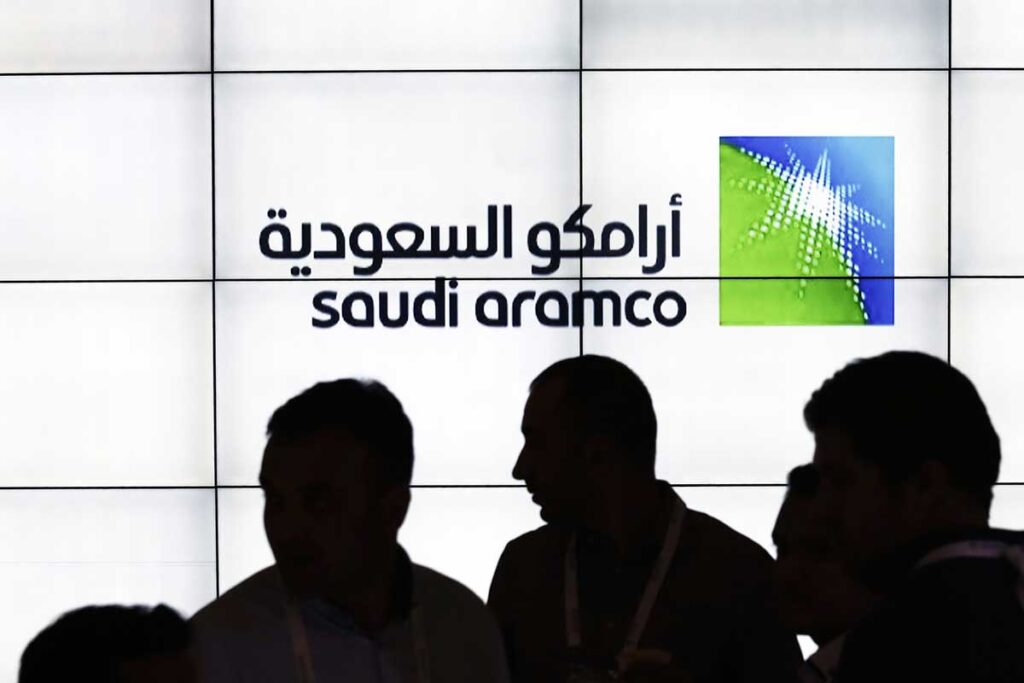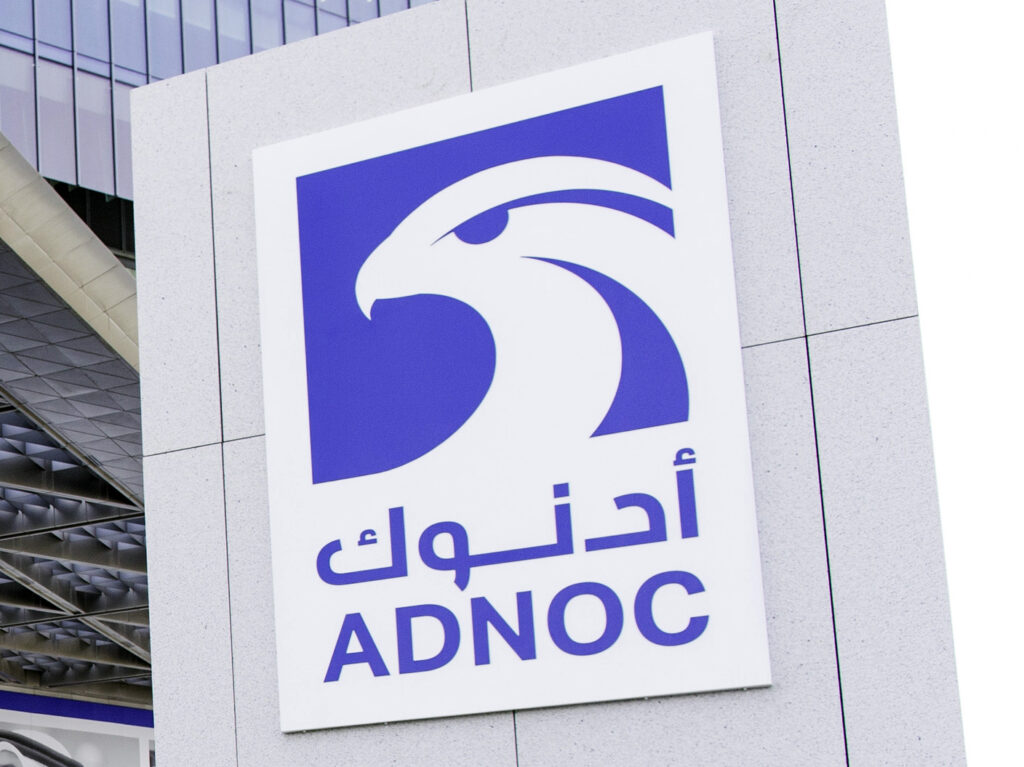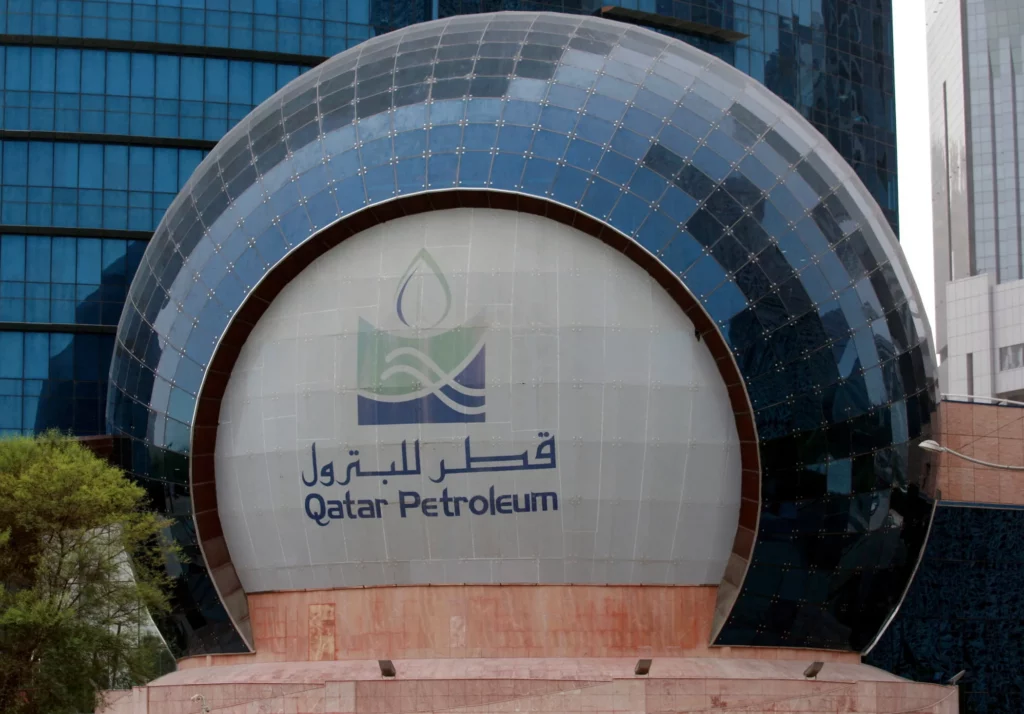Middle East Oil and Gas Companies
Hey there! Ready to dive into the world of Middle East oil and gas companies? Well, hold on tight because you’re about to discover some major players in the industry.
From Saudi Aramco, the mammoth oil company that dominates the global market, to ADNOC, driving the UAE’s energy industry forward, these companies are powerhouses in their own right.
And let’s not forget about Qatar Petroleum, a leader in liquefied natural gas production, or Kuwait Petroleum Corporation, a major oil producer.
Oh, and we can’t ignore the National Iranian Oil Company, Iran’s energy powerhouse.
So, buckle up and get ready to explore the fascinating world of Middle East oil and gas companies!
Saudi Aramco: The World’s Largest Oil Company

When it comes to the world’s largest oil company, Saudi Aramco stands out in the Middle East. With its vast reserves and production capabilities, Saudi Aramco has established itself as a global powerhouse in the oil and gas industry.
Headquartered in Dhahran, Saudi Arabia, the company operates across the entire value chain of the petroleum industry, from exploration and production to refining and marketing. Saudi Aramco’s massive oil reserves, estimated at around 260 billion barrels, make it the largest oil company in the world by far.
The company’s production capacity exceeds 12 million barrels per day, ensuring a steady supply of oil to meet global demand. With its extensive infrastructure, cutting-edge technology, and commitment to sustainability, Saudi Aramco continues to play a vital role in shaping the oil industry in the Middle East and beyond.
ADNOC: Driving the UAE’s Energy Industry

To delve into the topic of ‘ADNOC: Driving the UAE’s Energy Industry’, let’s now shift our focus to another influential player in the Middle East oil and gas sector.
The Abu Dhabi National Oil Company (ADNOC) is a key player in driving the energy industry in the UAE. ADNOC is responsible for the exploration, production, refining, and distribution of oil and gas in the country. It plays a crucial role in ensuring a stable and reliable supply of energy to both domestic and international markets.
ADNOC operates across the entire value chain, from upstream to downstream activities. With its strategic investments and partnerships, ADNOC continues to strengthen the UAE’s position as a global energy hub.
The company’s commitment to innovation, sustainability, and efficiency makes it a vital contributor to the growth and development of the UAE’s energy sector.
Qatar Petroleum: A Leader in LNG Production

As we continue our exploration of influential Middle East oil and gas companies, let’s now turn our attention to Qatar Petroleum, a leader in LNG production, which consistently plays a pivotal role in the region’s energy landscape.
Qatar Petroleum, the state-owned corporation, is responsible for the exploration, production, and export of natural gas and petroleum products. With its vast reserves of natural gas, Qatar has become the world’s largest exporter of liquefied natural gas (LNG).
Qatar Petroleum operates numerous LNG production facilities, including the Ras Laffan Industrial City, which is one of the largest gas processing and LNG export complexes in the world. Through its strategic partnerships with international energy companies, Qatar Petroleum continues to expand its LNG production capacity, ensuring a stable supply of energy to the global market.
Kuwait Petroleum Corporation: A Major Oil Producer

Moving on to the next influential Middle East oil and gas company, let’s now focus on Kuwait Petroleum Corporation, a major oil producer that seamlessly builds upon Qatar Petroleum’s role in the region’s energy landscape.
Kuwait Petroleum Corporation (KPC) is a state-owned entity responsible for the exploration, production, refining, and marketing of oil and gas in Kuwait. With its vast oil reserves, KPC has played a pivotal role in the global oil market for decades.
It operates several subsidiaries, including Kuwait Oil Company (KOC), which is responsible for upstream activities such as exploration and production. KPC’s downstream arm, Kuwait National Petroleum Company (KNPC), manages the refining and distribution of petroleum products.
Additionally, KPC has international partnerships and investments, ensuring its presence in the global energy sector. As a major oil producer, Kuwait Petroleum Corporation contributes significantly to the Middle East’s energy landscape.
See Also: Oil and Gas companies in Saudi Arabia
National Iranian Oil Company: Iran’s Energy Powerhouse

The National Iranian Oil Company (NIOC) plays a vital role in Iran’s energy sector, positioning the country as a formidable force in the global oil and gas industry. As the largest oil and gas producer in Iran, NIOC is responsible for managing the exploration, production, and exportation of the country’s vast energy resources. The company’s operations span across various fields, including oil and gas exploration, refining, petrochemicals, and distribution.
NIOC’s contribution to Iran’s energy powerhouse status is further enhanced by its ability to maintain strong partnerships with international oil companies, attracting foreign investments and technological expertise. With its strategic position and extensive resources, NIOC continues to drive Iran’s position as a major player in the global energy market.
Frequently Asked Questions
What Are the Current Global Oil Prices and How Do They Impact Middle East Oil and Gas Companies?
The current global oil prices have a significant impact on Middle East oil and gas companies. They are affected by fluctuations in prices, which can greatly influence their profitability and overall performance.
The Middle East is a major player in the global oil and gas industry, with countries like Saudi Arabia, Iran, and Iraq being some of the largest oil producers in the world. These countries heavily rely on oil exports for revenue, and any changes in global oil prices can have a direct impact on their economies.
When oil prices are high, Middle East oil and gas companies benefit from increased revenues and higher profits. This allows them to invest in new projects, expand their operations, and contribute to economic growth in their respective countries.
On the other hand, when oil prices drop, Middle East oil and gas companies face numerous challenges. Lower prices mean reduced revenues, which can lead to financial constraints and a decrease in profitability. This can result in companies cutting costs, reducing investments, and even laying off employees.
Furthermore, fluctuations in oil prices can also impact the overall performance of Middle East oil and gas companies. Uncertainty in the market can make it difficult for companies to plan for the future, as they are unsure about the profitability of their projects and the demand for their products.
How Do Middle East Oil and Gas Companies Contribute to the Local Economy and Job Market?
Middle East oil and gas companies play a crucial role in the region’s economy. They contribute significantly by generating revenue through exports, creating employment opportunities, and investing in infrastructure development.
The revenue generated from oil and gas exports provides a substantial portion of the local economy’s income. This revenue is then used to fund various public services, including healthcare, education, and transportation. It also helps the government maintain a stable economy by reducing the country’s dependence on external sources of income.
Moreover, these companies create numerous employment opportunities for the local population. The oil and gas industry requires a wide range of skills and expertise, from engineers and technicians to administrative staff and support workers. This provides job security and stability to many individuals and families in the region.
Additionally, oil and gas companies invest a significant portion of their revenue in infrastructure development. This includes building pipelines, refineries, and storage facilities, as well as improving transportation networks and power generation capabilities. These investments not only support the industry’s operations but also contribute to the overall economic growth and stability of the region.
What Is the Environmental Impact of Middle East Oil and Gas Companies and What Measures Are Being Taken to Mitigate It?
The environmental impact of oil and gas companies in the Middle East has been a concern. Measures are being taken to mitigate it, such as investing in renewable energy and implementing stricter regulations for emissions and waste management.
These companies have historically relied heavily on fossil fuels, resulting in significant carbon dioxide emissions and other harmful pollutants. This has contributed to air pollution, climate change, and damage to ecosystems.
To address these issues, many oil and gas companies in the Middle East are now diversifying their energy sources by investing in renewable energy projects. This includes developing solar, wind, and geothermal power facilities.
Additionally, stricter regulations are being implemented to reduce emissions and improve waste management practices. These regulations aim to enforce the use of cleaner technologies, such as advanced filtration systems, and ensure proper disposal of hazardous waste materials.
How Do Middle East Oil and Gas Companies Ensure the Safety and Security of Their Operations, Considering the Geopolitical Tensions in the Region?
To ensure the safety and security of their operations in the midst of geopolitical tensions, Middle East oil and gas companies employ advanced security measures. These measures include surveillance systems, trained personnel, and collaboration with local authorities.
Surveillance systems are used to monitor the facilities and surrounding areas for any potential threats or suspicious activities. These systems can include closed-circuit television (CCTV) cameras, motion sensors, and alarms.
Trained personnel are also an essential part of the security measures employed by Middle East oil and gas companies. These individuals are responsible for monitoring the surveillance systems, conducting regular patrols, and responding to any security incidents or emergencies.
Collaboration with local authorities is another important aspect of ensuring the safety and security of operations. Middle East oil and gas companies work closely with the local police and government agencies to share information, coordinate security efforts, and respond effectively to any security threats.
What Are the Future Growth Prospects and Challenges for Middle East Oil and Gas Companies in the Era of Renewable Energy Transition?
In the era of renewable energy transition, you face both growth prospects and challenges.
As the world shifts towards cleaner sources, you must adapt to stay relevant. This means investing in renewable energy technologies and diversifying your energy portfolio. By doing so, you can take advantage of the increasing demand for clean energy and position yourself as a leader in the industry.
However, along with growth prospects, you also face challenges.
One of the main challenges is the need to address the environmental concerns associated with traditional oil and gas operations. This includes reducing greenhouse gas emissions, minimizing the impact on ecosystems, and transitioning towards more sustainable practices.
To overcome these challenges, you need to prioritize sustainability and adopt innovative solutions. This may involve investing in carbon capture and storage technologies, increasing energy efficiency, and promoting responsible practices throughout your operations.
Conclusion
You’ve just learned about some of the biggest players in the Middle East oil and gas industry. From Saudi Aramco to Qatar Petroleum, these companies play a crucial role in meeting global energy demands.
With their vast resources and advanced technologies, they continue to shape the future of the industry. Keep an eye on these companies as they navigate the ever-changing landscape of the oil and gas sector.

Welcome to our blog! My name is Yuvraj Kore, and I am a blogger who has been exploring the world of blogging since 2017. It all started back in 2014 when I attended a digital marketing program at college and learned about the intriguing world of blogging.





